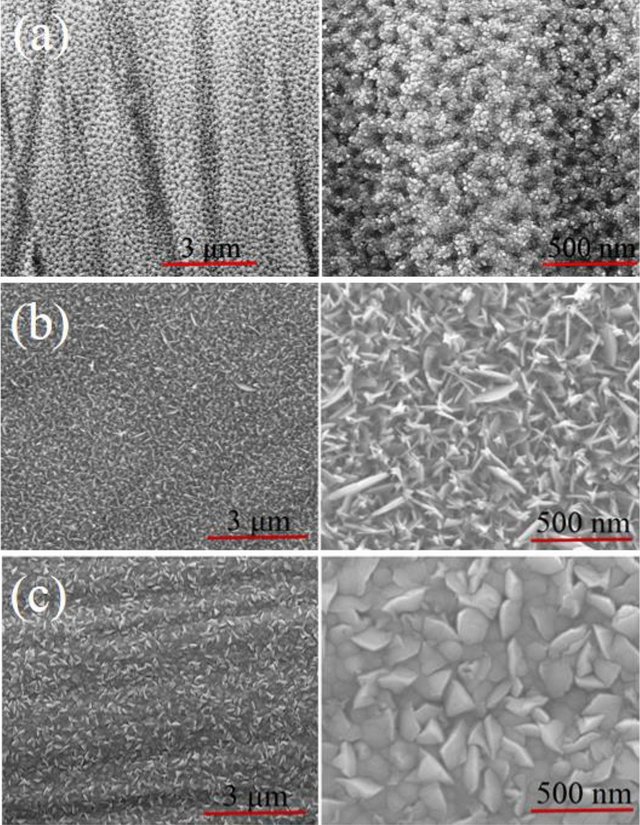New Peer-Reviewed Paper Explores Nanoparticles in Solar Stills

Solar stills are simple devices to purify saltwater. But some high technology can improve their performance.
ACEP's David Denkenberger, among other co-authors, recently had a peer-reviewed journal article, "Effect of nano-enabled CuO, MoO3 and ZnO absorbers for clean water production," accepted in the journal Springer Nature Applied Sciences.
The article explains the process of fabricating three types of nanoparticles: copper oxide, molybdenum oxide and zinc oxide.
Nanoparticles significantly increased the distilled water output. Evaporation from a conventional still was .46 gallons per square yard per day. Stills using copper oxide, molybdenum oxide and zinc oxide nanoparticle coated absorbers had comparable evaporation rates of .64, .60 and .57 gallons, respectively.
For more information on these papers and research areas, contact David Denkenberger at ddenkenberger@alaska.edu.
Field emission-scanning electron microscope images of (a) copper oxide nanoparticles (b) molybdenum oxide nanoparticles and (c) zinc oxide nanoparticles. Image courtesy of David Denkenberger.


